Top rocks: Geological Society photo winners
- Published
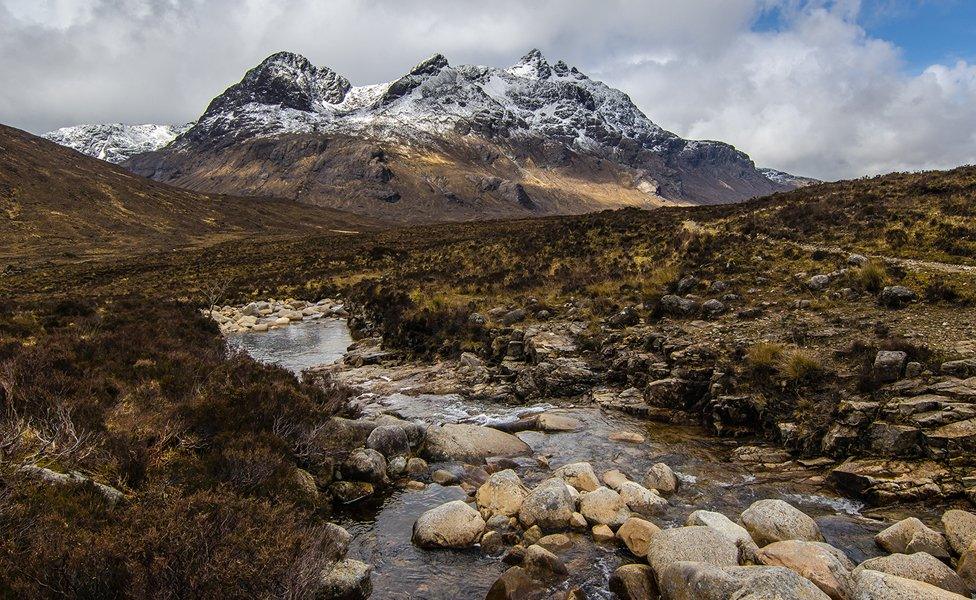
The dramatic Cuillin Hills on Skye are built from gabbros and granites
The British Isles in all their rocky glory are featured in a Geological Society, external photo competition.
From Giant's Causeway and Lulworth Cove to the Cuillin Hills and Beachy Head - the winners celebrate the society's list of 100 Great Geosites in the UK and Ireland, published last year.
The pictures will go into a 2016 calendar, and an exhibition that will be staged from Saturday.
Details about the 100 top geosites can be found on a dedicated website, external.
The society and partner organisations are running Earth Science Week, external all next week, 10-18 October.
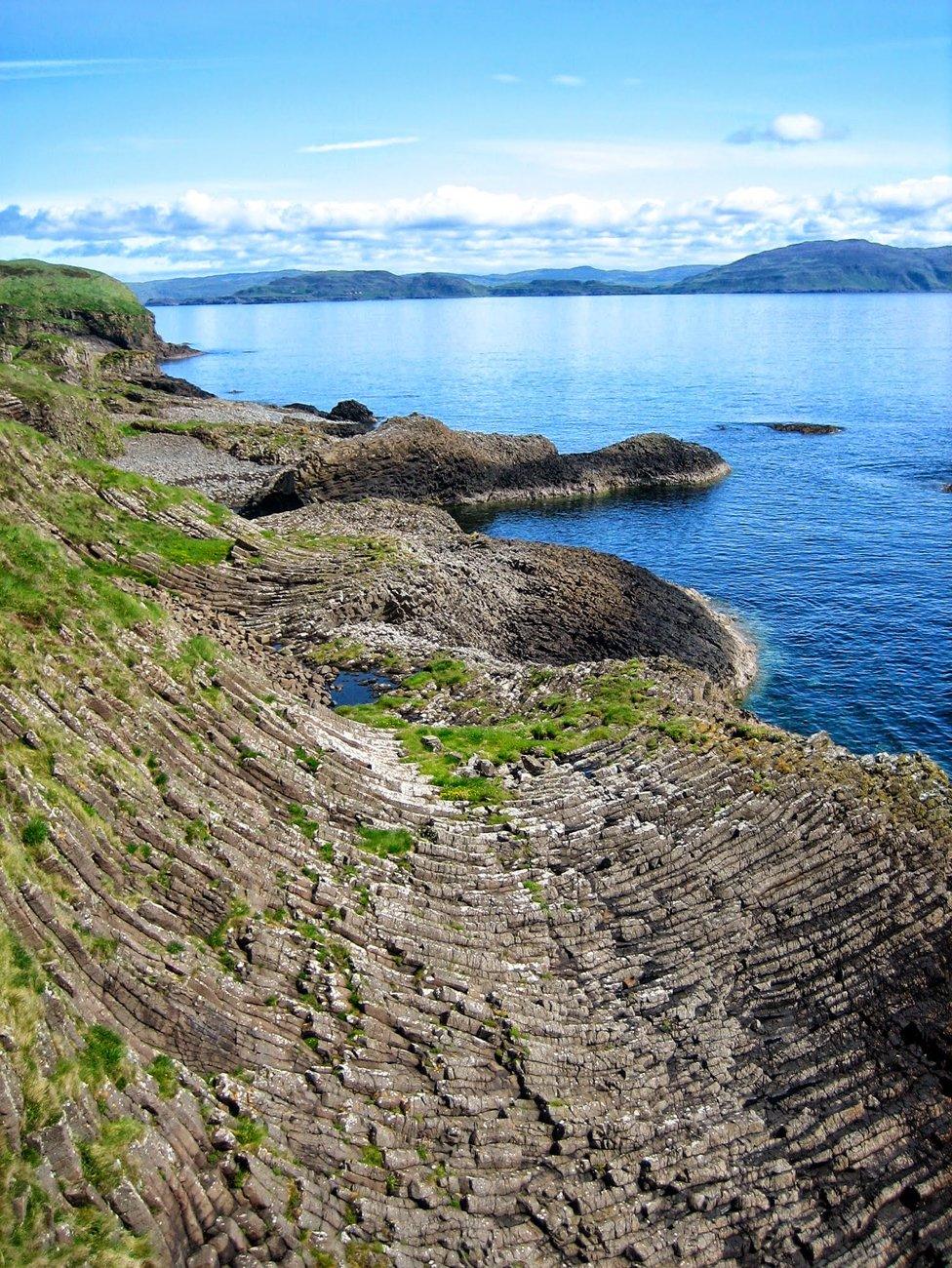
The island of Staffa, just west of Mull, is famous for its basalt columns
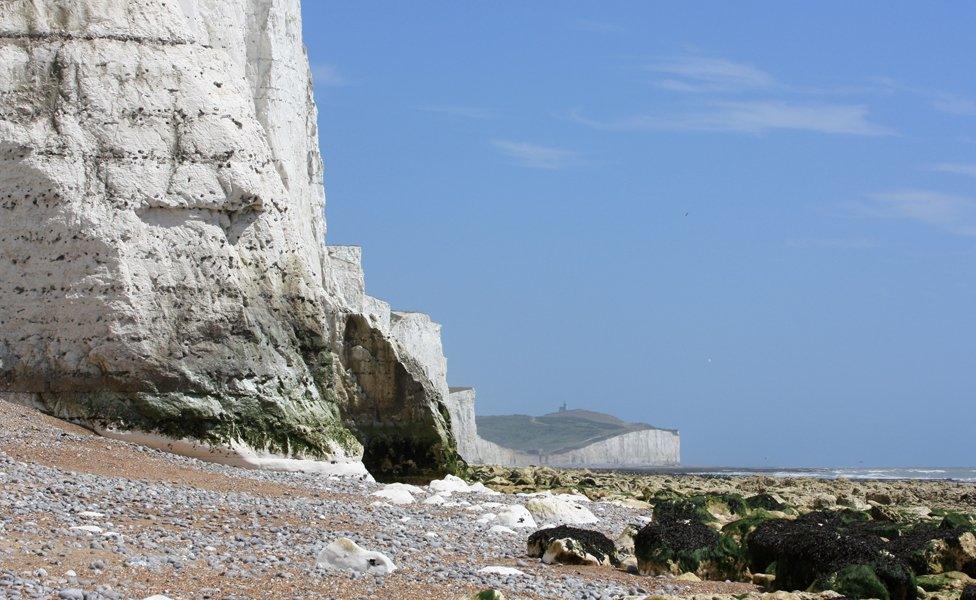
The iconic chalk cliffs at Beachy Head are part of the South Downs
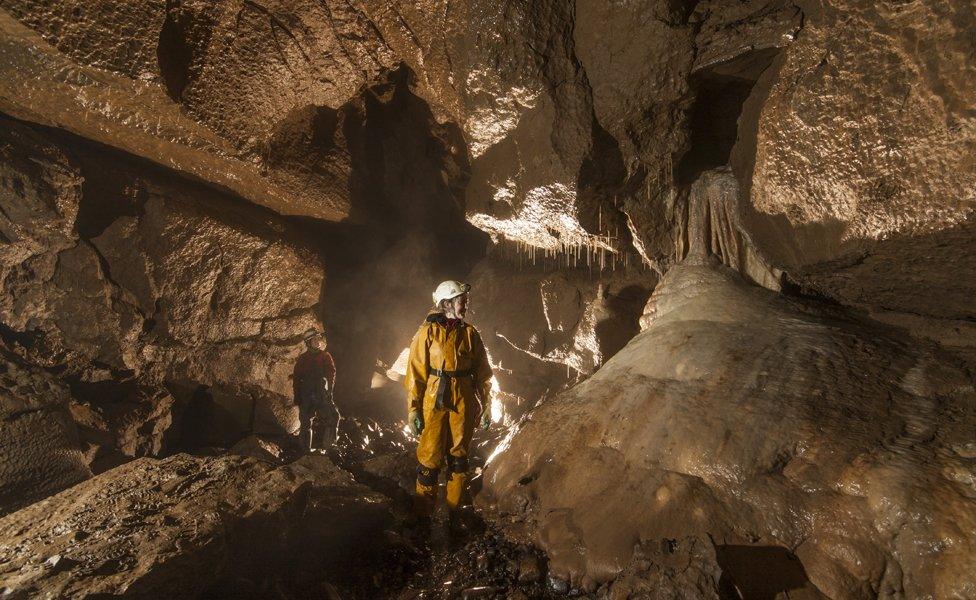
The limestone Marble Arch Caves in Northern Ireland are a major tourist attraction
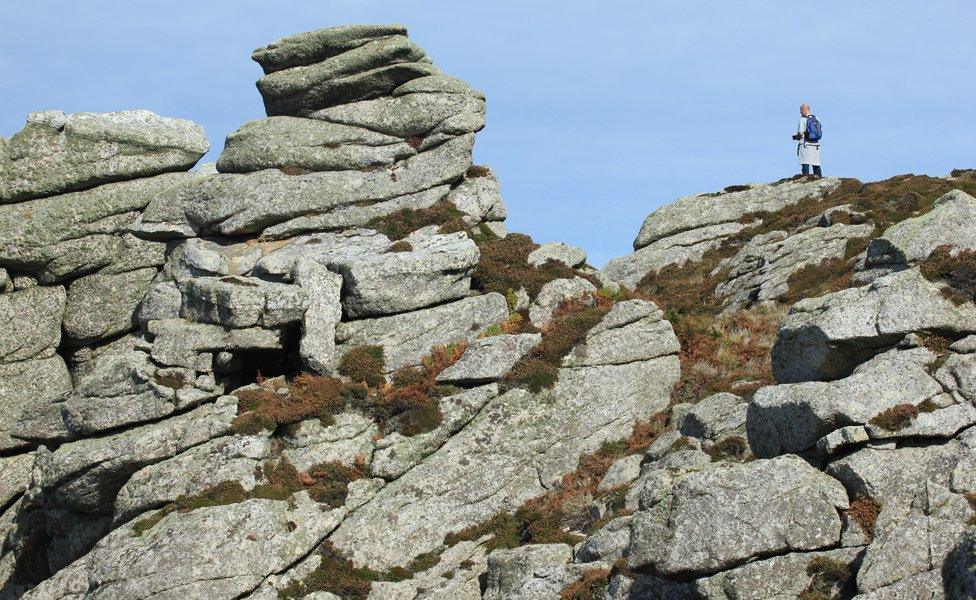
Just 5km long, granitic Lundy stands proud in the Bristol Channel
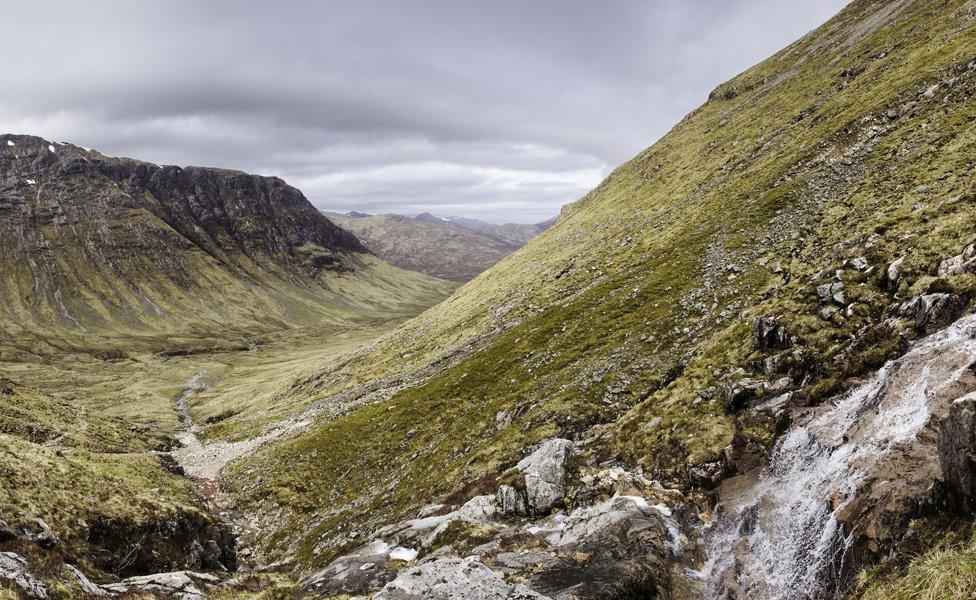
Glencoe owes its origins to a massive volcanic eruption some 420 million years ago
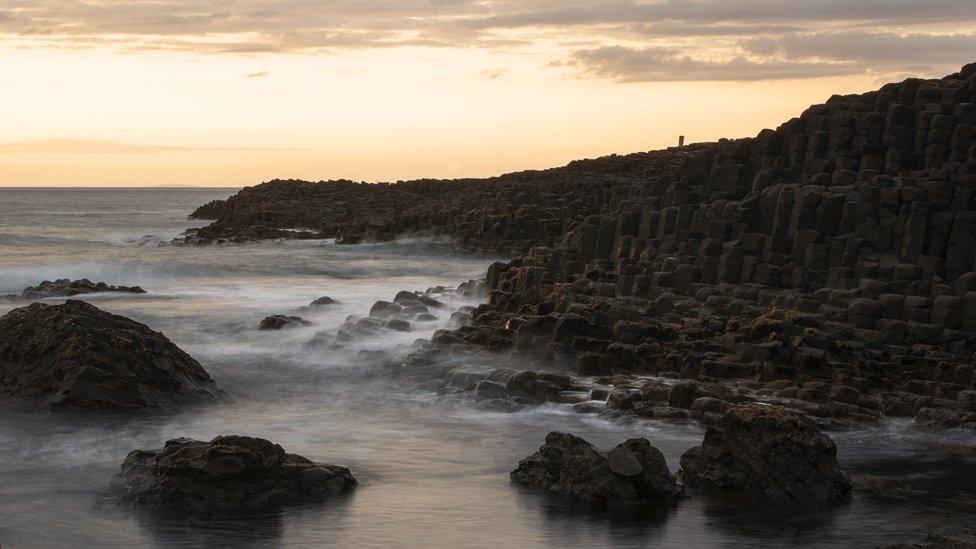
The Giant's Causeway - more basaltic columns, on the far north coast of Northern Ireland
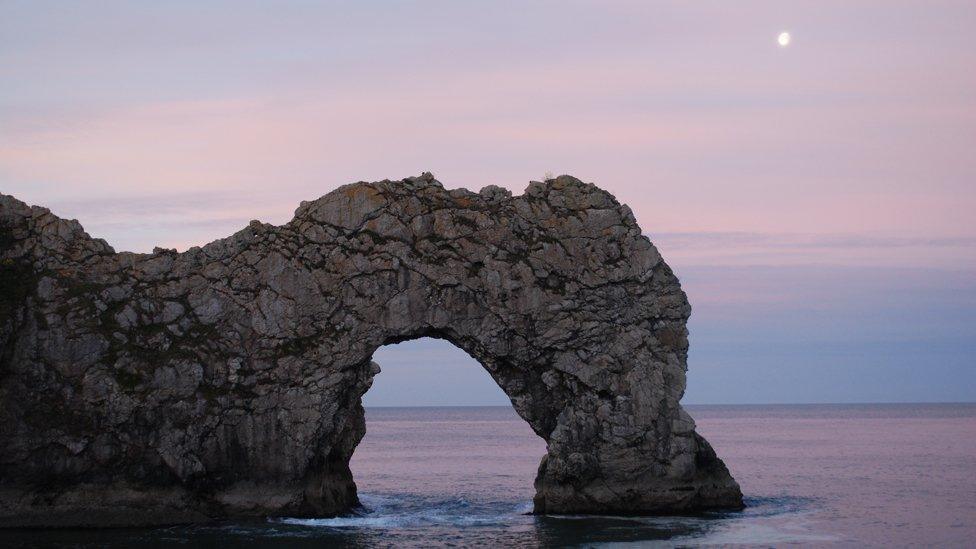
Lulworth Cove with its Durdle Door limestone arch is a photo favourite on Dorset's Jurassic Coast
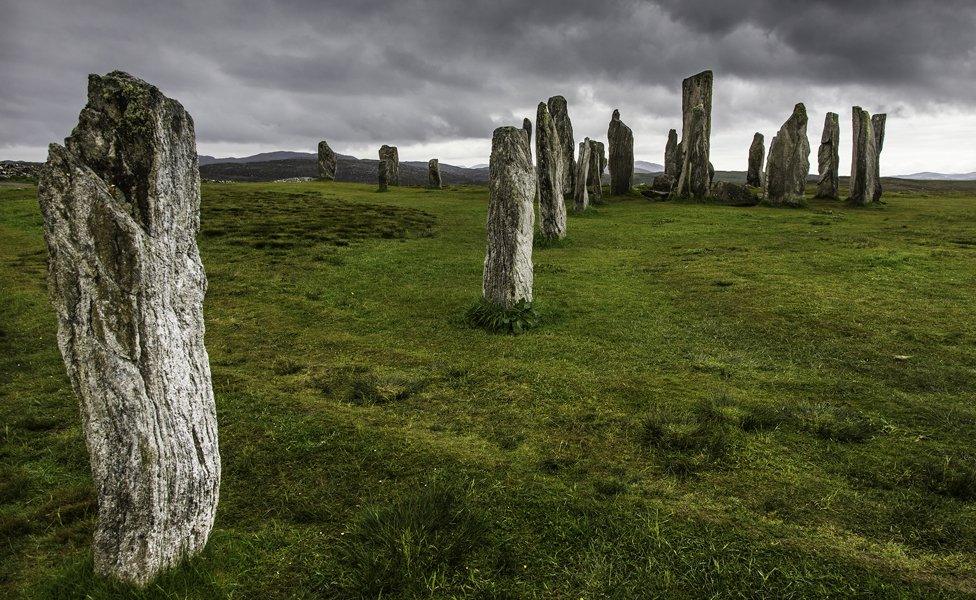
The Neolithic stone circle of Callanish is a big draw on the Isle of Lewis
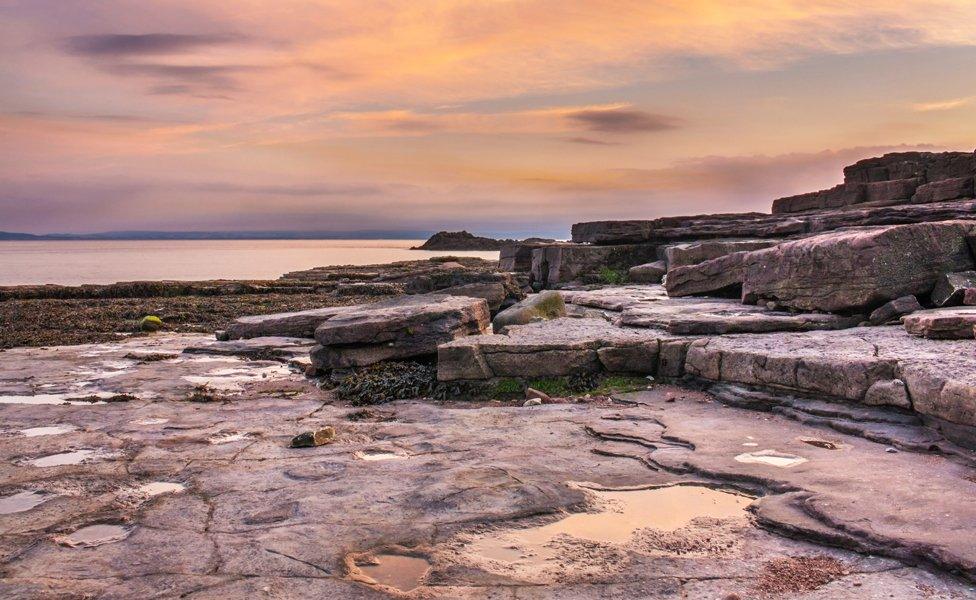
Bendrick Rock in South Wales is a great location to see fossilised dinosaur tracks
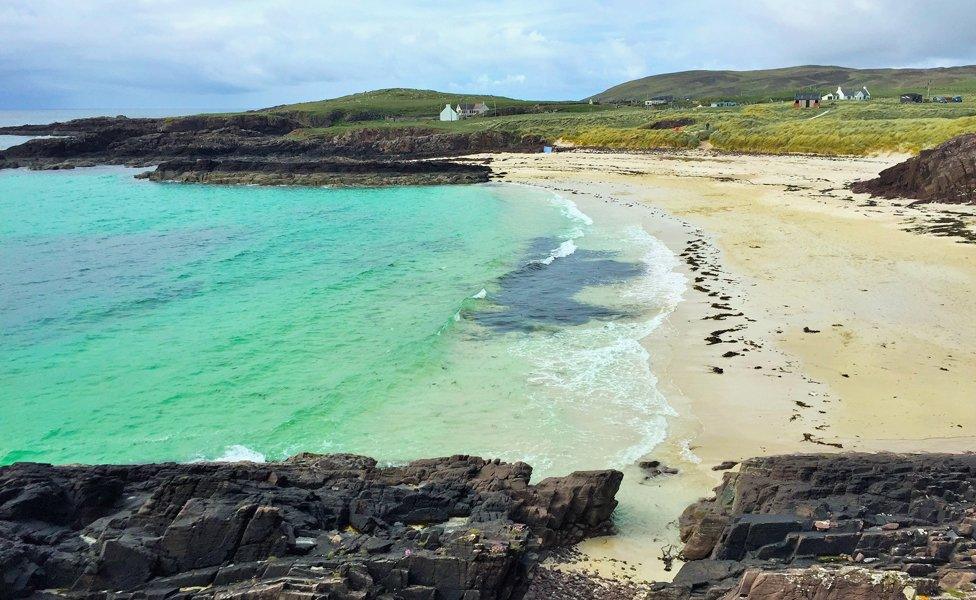
Achmelvich on the northwest coast of Scotland is where you can see gneiss, a metamorphic rock
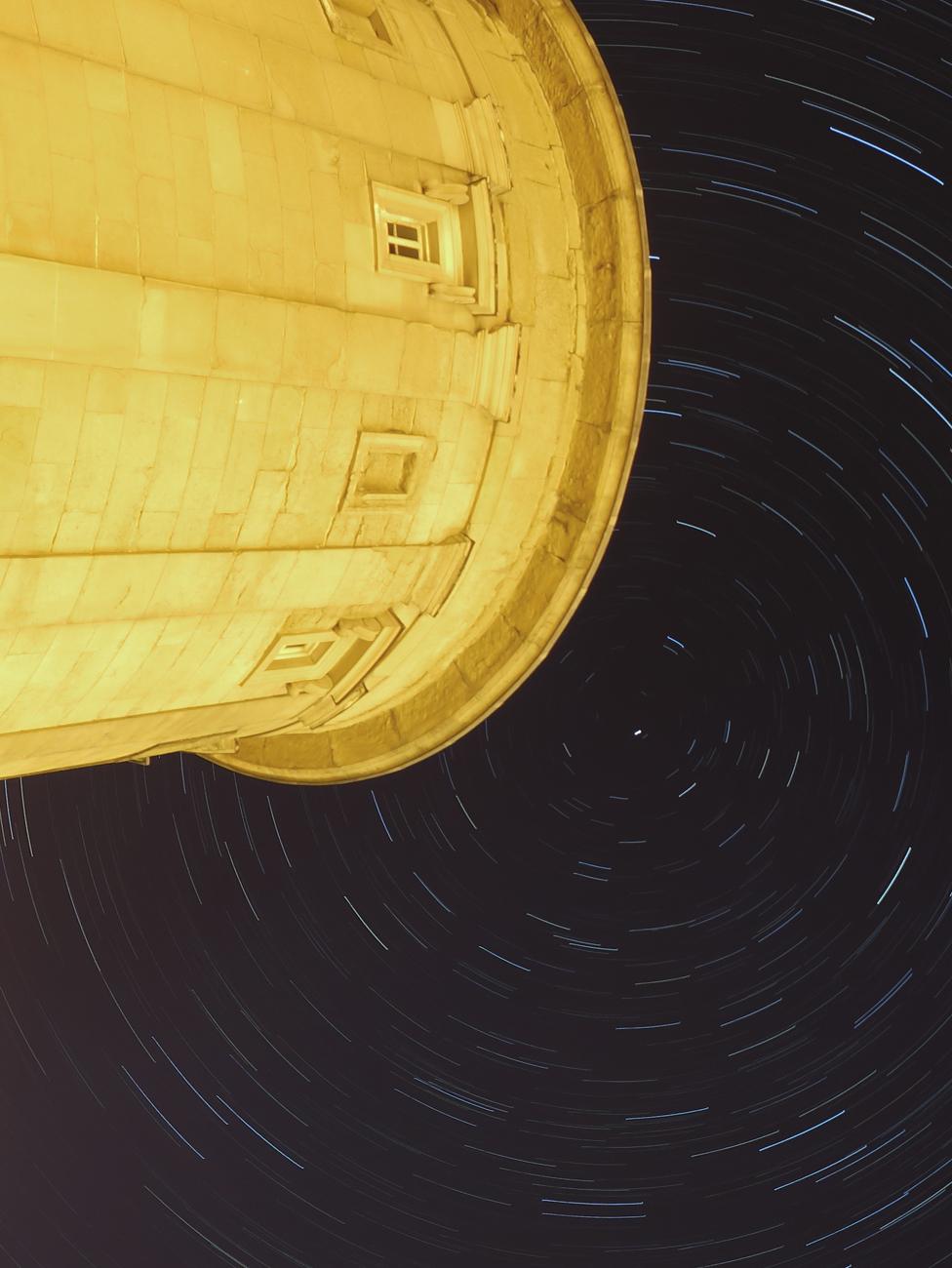
The design of the Rotunda Museum at Scarborough was suggested by William Smith, the "father of English geology"
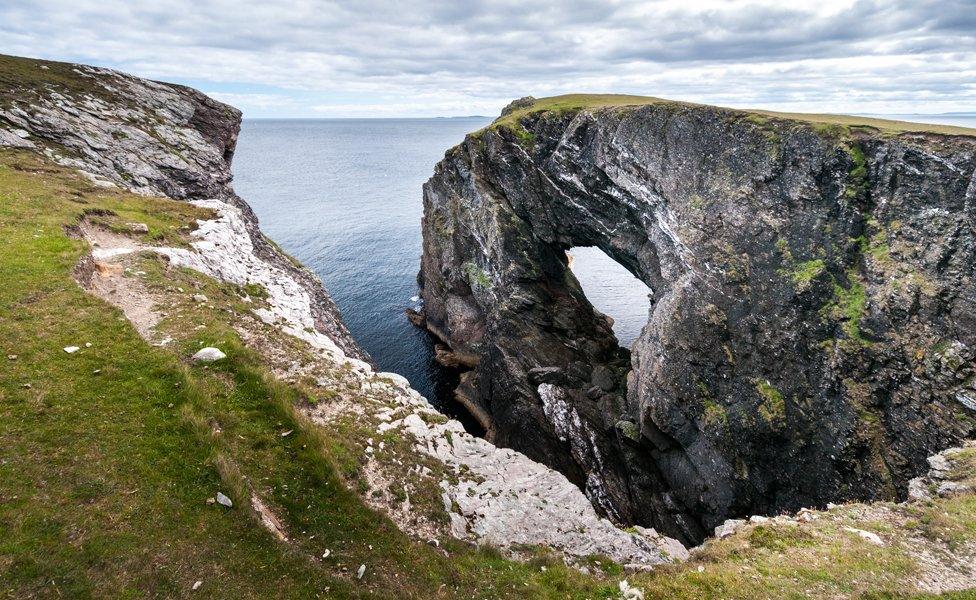
Funzie is pronounced "funny", which certainly describes the Shetland island's convoluted conglomerate rocks
- Published13 October 2014
